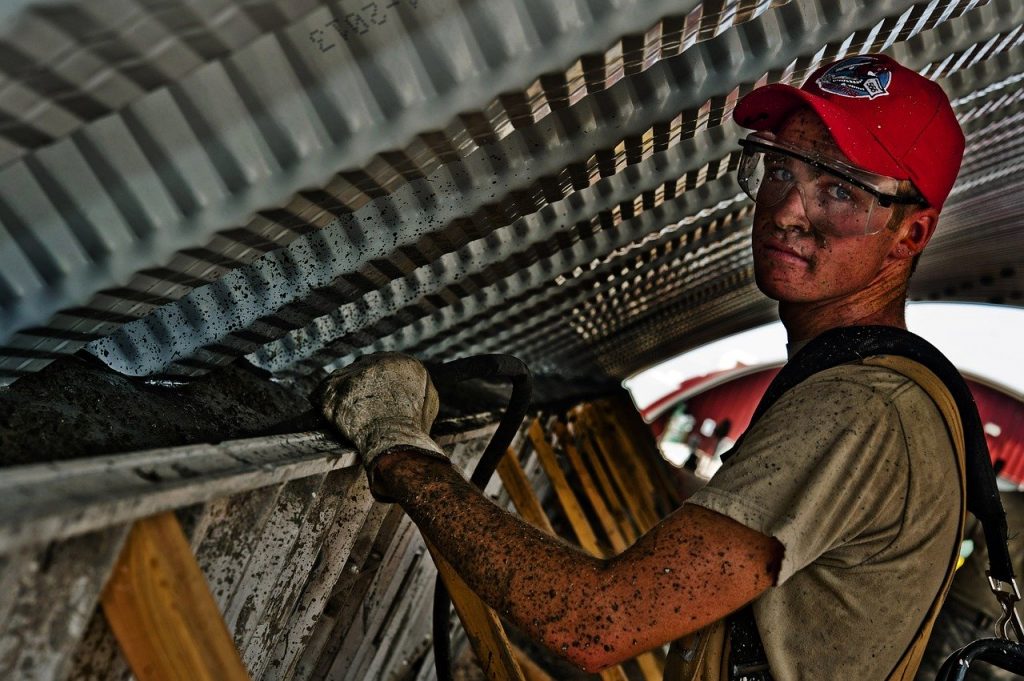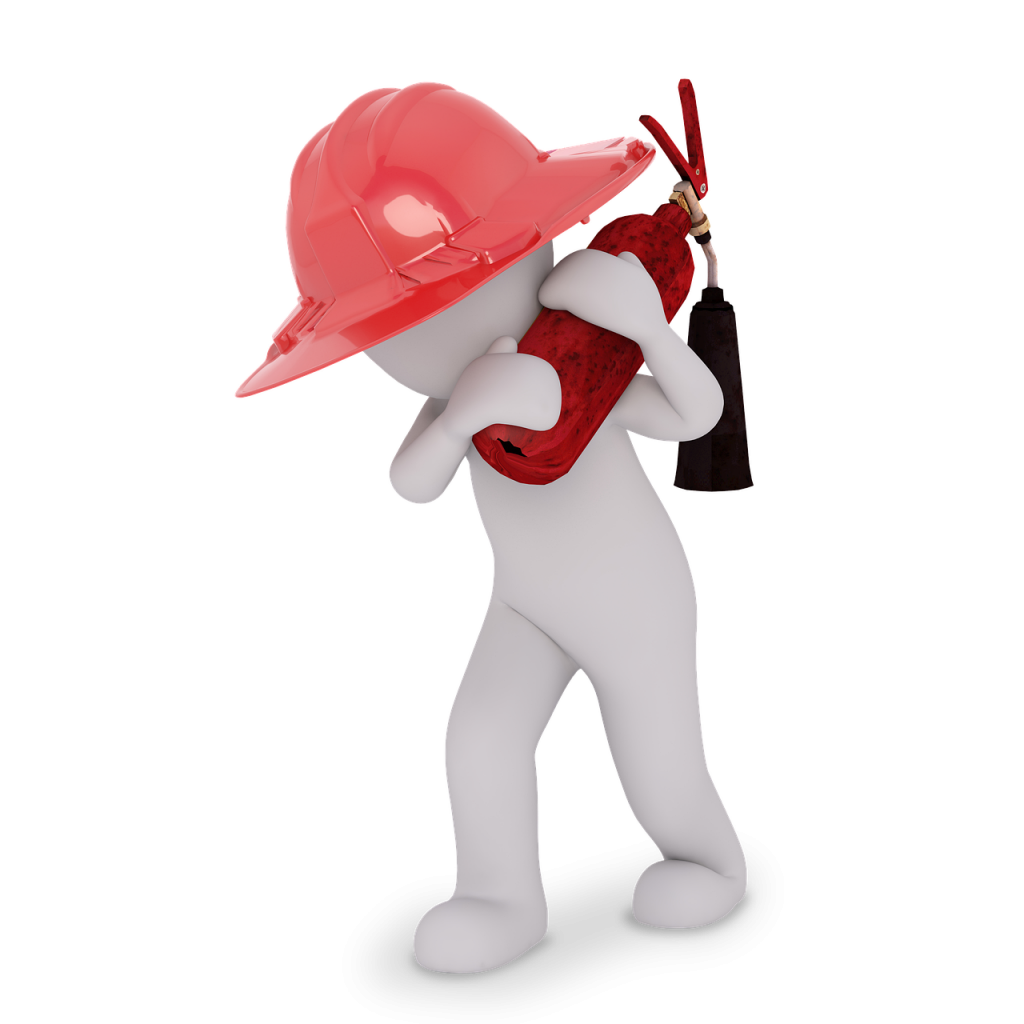
Training involves putting a person through and guiding them on the right thing to do for safety reasons. It could either be formal or mandatory like a 3-day safety course or it could be a non-formal vocational course i.e., introducing the right way to work, risk management, and precautions.
The hospitality sector covers a broad category of employees working in the service industry such as the food and drink sector, event planning, transportation, etc.
The employees under this sector must be trained in the rules of safe work, including the safe use of equipment, safe working methods, how to deal with dangerous goods. and working uniquely while on duty.
As you know, dangerous goods are items that can put people, property or the environment at immediate risk, and many people have probably seen the news about the damage these items can cause if not handled correctly. Think about this when considering why you need to learn how to handle dangerous goods.
Trainers also must keep track of the practice and effectiveness of the training. If unsafe practices are identified and the crew is not following the safety health and welfare measures, corrective action must be taken which may include partial suspension of work activities until safety measures are fully observed. New or young crew members may need additional supervision.
IT’S IMPORTANCE
- TRAINING ON HOW TO PROPERLY HANDLE GOODS
The most important thing in dangerous goods training is learning how to properly pack, store, handle, and transport dangerous goods it won’t be a threat to customers in any of the hospitality sectors.
Although it is legally required that a company should ensure the safe handling and transportation of dangerous products, it is also the responsibility of the person who handles this item to take care of the goods to avoid the risk of accidents that may be severe.
- KNOWLEDGE ABOUT THE LIABILITY ON MISHANDLED GOODS
The training allows the people in charge of the goods to know the liability each of them has on the goods if not handled properly. This will ensure safe packaging, handling, and transportation of the goods with the utmost care as they would be looking to avoid accidents. This also includes a height safety training that allows you to handle goods at a certain height as demanded by the job role.
If the employees are aware of their responsibilities and also aware of the penalties for violations, the chances of an accident will be minimal.

- PROCEDURES OF PACKAGING GOODS
The training helps those who are required to handle these items to know exactly how to handle these goods to prevent hazards, how to report irregularities in the methods or processes of packaging goods and breach of procedure i.e wrong labelling of products.
The training lets any person who handles dangerous goods know the necessary precautions, thus, it will make them ensure that all products containing dangerous goods are properly handled and labelled to reduce the likelihood of an accident.
- PROTECTING THE IMPORTANT DOCUMENTS
It also helps company managers and other employees understand exactly what to look for and what documents they need to know when training, The managers will also know how to supervise dangerous goods personnel and also record or documents they must keep safe so that in the event of an accident, liability may be limited.
- 5. SAFETY POLICIES
Training on how to handle dangerous goods helps you understand the polices dealing with health and safety and how to comply with the laws.
It will not only benefit the company, but also other staff and the community around creating a safer environment for everyone.
This training also lets you know the severity of your actions if you fail to comply with the guidelines and how it may affect the business.